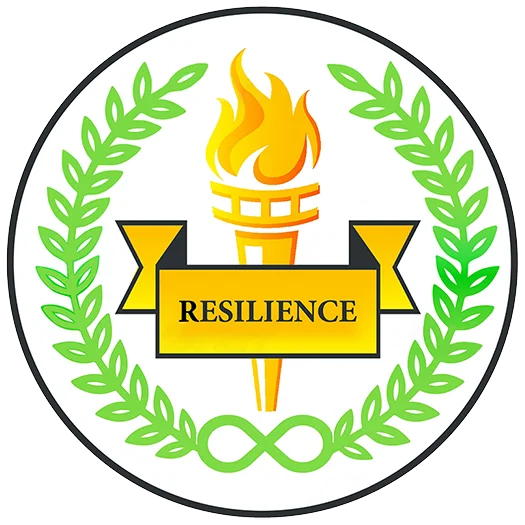Second Grade-Fifth Grade
During this time, children are energetic and have active imaginations. They learn best by acquiring new skills via lessons that are broken down into singular steps. Giving them an abundance of positive feedback will encourage them to enjoy having interactions with adults and will demonstrate to them that they are capable of teaching the adults in their lives information they don’t already know. Children thrive when the adults in their lives motivate them and explain why the things they are doing truly matter and carry importance.
Exercise 1: Progressive Muscle Relaxation
Instructors should:
- Ask students to think of their “happy place,” and encourage them to refer back to this place when they feel stressed or angry about something.
- Ask students to explain what their special place looks like, as well as the sounds and smells that exist in that place. After doing this, instructors should ask them to come back to reality and explain how their body feels, how fast their heart is beating, how calm they feel, etc.
- Ask students to reflect on a time when they were upset, stressed or scared. Instructors should do this along with their students.
- Ask students how they feel while recalling that memory. Instructors should explain to them how better they felt thinking about a calming place than a stressful one.
- Explain that paying attention to how we breath goes a long way in quieting our minds and relaxing our bodies when we are stressed.
- Practice abdominal breathing with their students and tell them to focus on the rising and falling motions of their bellies.
- Have students keep a journal chronicling what they felt during the exercises. Instructors should do this too, so that you can discuss/compare/contrast their experiences with your students.
Paying Attention: Mindfulness Exercises
- The first part of the exercise is to try the game that requires instructors and their students to pat their heads and rub their stomachs, simultaneously. This helps students to focus on the moment and what they’re doing with their hands. The goal is not to do it correctly, but to train the mind.
- After completing this, instructors should move on to more challenging tasks like doing the exercise on one foot or blinking one eye while doing the exercise.
- The next exercise involves trying to balance two books on top of the head while walking across to the other side of the room. The goal is for students to realize that if they do the task slower, they will reach success quicker.
- The breathing exercise previously mentioned is also effective with this age group. Instructors should extend the duration of this exercise or ask more students complex questions in order to meet the intelligence of this age group.
- Instructors should ask the children to write down their experiences in their journals and record their own experiences too.
- For homework, instructors should have students focus on a task they’re completing at home and write down everything that is happening to them in that exact moment.
